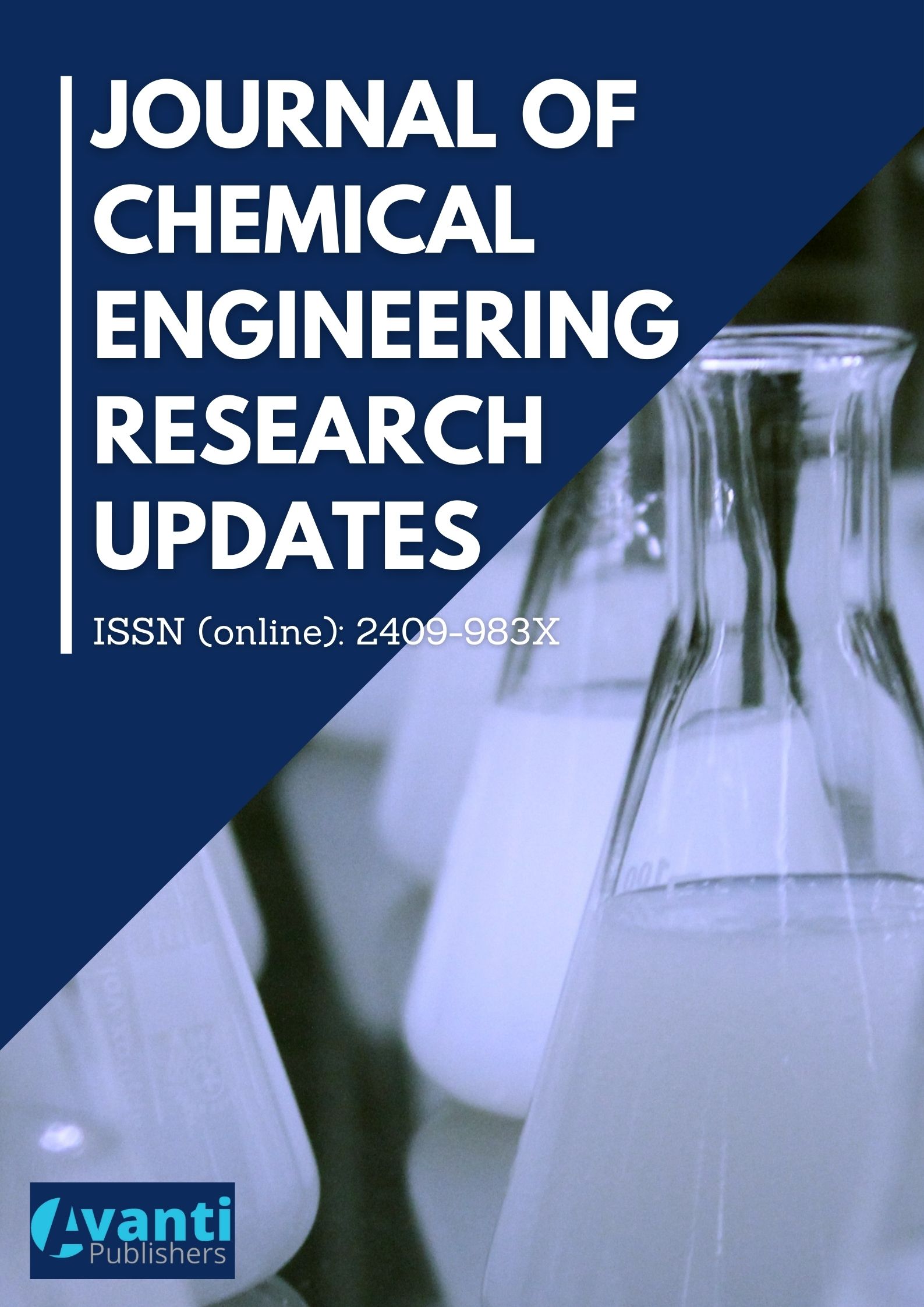Abstract
Seawater bittern, a huge reserve containing numerous mineral materials, is an essential source for producing various industrial salts. In this work, the formation of a double salt between magnesia abundant in the seawater bittern and ammonium sulfate was studied via SEM and EDX analyses. In the next step, to optimize the efficiency of the double salt separation, the effects of technological parameters such as concentration of reactants and their ratio, as well as reaction time and temperature, were investigated. Afterward, the design of the experimental method was utilized to quantify the influence of these parameters. Based on the validation of the obtained model according to statistical criteria, only the ratio of reactants and reaction time have been shown to have decisive roles in the yield of the double salt recovery. The optimal yield reached a value of about 95%, demonstrating the feasibility of the applied technique for further processes, i.e., industrial production.
References
Costello MJ, Cheung A, de Hauwere N. Surface area and the seabed area, volume, depth, slope, and topographic variation for the world’s seas, oceans, and countries. Environ Sci Technol. 2010; 44: 8821-8. https://doi.org/10.1021/es1012752.
Costello MJ, Smith M, Fraczek W. Correction to surface area and the seabed area, volume, depth, slope, and topographic variation for the world’s seas, oceans, and countries. Environ Sci Technol. 2015; 49: 7071-2. https://doi.org/10.1021/acs.est.5b01942.
Morcos SA. Chemical composition of seawater and the variation of calcium and alkalinity. ICES J Mar Sci. 1970; 33: 126–33. https://doi.org/10.1093/icesjms/33.2.126.
Young EG, Smith DG, Langille WM. The chemical composition of sea water in the vicinity of the atlantic provinces of Canada. J Fish Res Board of Canada 1959; 16: 7-12. https://doi.org/10.1139/f59-002.
Hussein AA, Zohdy K, Abdelkreem M. Seawater bittern a precursor for magnesium chloride separation: Discussion and assessment of case studies. Int J Waste Resour. 2017; 7(1): 1-6. https://doi.org/10.4172/2252-5211.1000267.
Ayoub GM, Merhebi F, Acra A, El-Fadel M, Koopman B. Seawater bittern for the treatment of alkalized industrial effluents. Water Res. 2000; 34: 640-56. https://doi.org/10.1016/S0043-1354(99)00162-1.
Mohd Nani SZ, Majid FAA, Jaafar AB, Mahdzir A, Musa MN. Potential health benefits of deep sea water: A review. Evid Based Complementary Altern Med. 2016; 2016: 1-18. https://doi.org/10.1155/2016/6520475.
Nakagawa K, Yokoyama Y, Nakajima H, Ikegami Y. Application of minerals in deep seawater. Deep-Sea Res. 2000; 1(1): 1-4. https://doi.org/10.11174/dowas2000.1.1_1
Hahn F, González CJ, Delfín CM. Production of fertilizer from seawater with a remote control system. The 13th EFITA International Conference, Basel Switzerland: MDPI; 2021, p. 29. https://doi.org/10.3390/engproc2021009029.
Morari F, Vellidis G, Gay P. Fertilizers. Encyclopedia of Environmental Health, Elsevier; 2011, p. 727–37. https://doi.org/10.1016/B978-0-444-52272-6.00464-5.
Titova KV, Buyanov VV, Nikol’skaya VP, Pudova OB, Zharkova OA, Karzhavina GP. Solubility and stability of (NH4)2SO4 · H2O2 in aqueous solutions and change in some crystallographic parameters of (NH4)2SO4 precipitates. Russ J Appl Chem. 2008; 81: 2074-8. https://doi.org/10.1134/S1070427208120057.
Krumgalz BS. Temperature dependence of mineral solubility in water. Part 3. Alkaline and alkaline earth sulfates. J Phys Chem Ref Data 2018; 47: 023101. https://doi.org/10.1063/1.5031951.
Kosova DA, Druzhinina AI, Tiflova LA, Monayenkova AS, Uspenskaya IA. Thermodynamic properties of ammonium magnesium sulfate hexahydrate (NH4)2Mg(SO4)2·6H2O. J Chem Thermodyn. 2018; 118: 206–14. https://doi.org/10.1016/j.jct.2017.11.016.
Ma Y, Yuan D, Mu B, Gao L, Zhang X, Zhang H. Synthesis, properties and application of double salt (NH4)2Mg(SO4)2·6H2O in wet magnesium-ammonia FGD process. Fuel 2018; 219: 12-6. https://doi.org/10.1016/j.fuel.2018.01.055.
Le-Minh T, Hoang Dong N, Nguyen Tan D. Design of experiment method – An application in improving quality of magnesium hydroxide produced from natural seawater bittern. J Chem Eng: Res Updates 2021; 8: 48–59. https://doi.org/10.15377/2409-983X.2021.08.4.
Eldredge P, Hand RH. General chemistry: Principles, patterns, and applications. Saylor Foundation; 2011.
Mullin JW. Crystallization. 4th ed. Oxford: Butterworth-Heinemann - Elsevier; 2001; P. 600.
Myerson AS. Handbook of Industrial Crystallization. Oxford: Butterworth-Heinemann - Elsevier; 2001. https://doi.org/10.1016/B978-0-7506-7012-8.X5000-9.

This work is licensed under a Creative Commons Attribution-NonCommercial 4.0 International License.
Copyright (c) 2022 Tam Minh Le, Phuong Thi Hong Pham, Nam Dong Hoang




